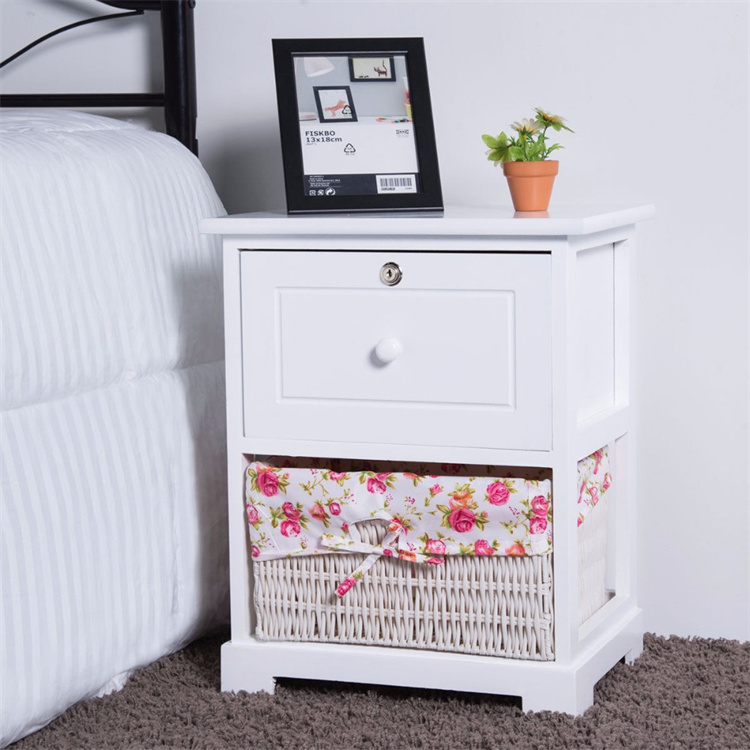From the bustling and prosperous Huaihai Road in the center of Shanghai, you walk southwards and you are inadvertently locked in by a small shop. Pushing open the white wooden door, the pink wall was full of flowers: hyacinths, dancing orchids, snakes, and gladiolus. Pairs of dolls and dolls sat quietly on the canopy, and the morning sun settled here. , Wiping out a wooden chair and a light.
Wu Yuna, who has long-haired shawls, arranged colored notes at the small round table. In the morning when the customers were not yet there, she enjoyed a moment of tranquility and warmth in the small shop she had founded.
This is a special shop selling paper art and teaching origami skills called "paper-shaped house." Customers can use the raw materials or semi-finished products provided in the store to DIY.
Customers come here to learn to make a paper flower of about 30 yuan, which is half the price of the finished flower. The origami without the use of scissors and glue is an entry-level paper art of "paper-shaped house". Animals, flowers, or fruits are simple, and novices can spend half an hour to an hour to learn. Complex paper crafts such as Pagimen need as many as 30 tools to tear, cut, etc. on a piece of paper to form an exquisite and complex lace-like pattern. Advanced crafts such as three-dimensional paintings originated in Europe, need to use tools to hollow out, and then stacked to produce a three-dimensional effect, finished and painting are generally lifelike and rich in texture. Complex paper art takes about a day or two to complete. It is understood that the origami tuition is 30 to 40 yuan, the cost of academic stereoscopic painting is 80 to 300 yuan. The paper-shaped house usually has about 30 customers every day, and more weekends. Valentine's Day is even more "overcrowded." According to Wu Yuna, the "paper-shaped house" now has 1,000 members.
When talking about the first time with paper art, Wu Yuna still remembers her. In 1998, Aunt Wu’s classmates returned home with some paper art works. She originally opened a paper art store in the Philippines. Those delicate flowers and dolls immediately captured the heart of Wu Yuna.
The lady is planning to open a paper art store in China. Wu Yuna readily accepted the invitation. She opened a gallery with paintings. She learned a variety of paper art in a month and then opened her first "paper-shaped house" beside Zhongshan Park in Xiamen, China. She continued to study paper art while she was in the shop. At the time, paper art was a novelty. Visitors continued to visit her shop, and there were constant customers lobbying her to go to other places. In the summer of 2000, Wu Yuna opened the "paper-shaped house" to Shanghai.
The quietly opened "paper-shaped house" attracted many new customers. Some paper-loving customers even came up with the idea of ​​joining. This was Wu Yuna's previous surprise. In 2001, "paper-shaped house" franchise stores opened in Wuhan and Kunming.
The cost of learning paper art, plus the purchase price, is the initial fee for Wu Yuna, which is about 40,000 yuan. Then the rent, decoration and other expenses are counted. The “paper-shaped house†franchise needs about 7,000 yuan. The funds.
Although there are many similar “paper-shaped houses†on the market, Wu Yuna insists on the use of high-quality raw materials and a wide variety of paper arts. “We always have 300 to 400 kinds of painting cards in our shop, and customers can always find good quality things.†Wu Yuna said that promoting paper art and teaching paper art is her pleasure.
“We can do all kinds of flowers.†Wu Yuna, who has been exploring new paper art, has become an idol and friend of many customers. Now the "paper-shaped house" is well-known in Shanghai, many customers come here especially, some of them become the super "fans" of the store, there are many stories happen here. In the early summer of 2001, two girls graduated from high school and reunited in the “paper-shaped house†for about five years. They wrote down the agreement in the guestbook and then went their separate ways. In 2006, according to the agreement, they really met here. Wu Yuna took out the messages they had written in the past, next to the blank pages specifically reserved for the two girls to write down the feeling of reunion.
"The essence of paper art lies in its infinite imagination and infinite creativity. As the wife of the science home said, imagination is the source of creation." The founder of the "Paper-shaped House" in the Philippines left such a statement. And Wu Yuna and her own "paper-shaped house" do live in such a vivid imagination.
A Nightstand, alternatively night table or bedside table, is a small table or cabinet designed to stand beside a bed or elsewhere in a bedroom. It serves the role of a Coffee Table during nighttime hours, at a person's bedside. Before indoor flushing toilets became commonplace, the main function of a nightstand was to contain a chamber pot.

As a result, early nightstands were often small cabinets, sometimes fitted with a drawer, and usually containing an enclosed storage space below covered by one or more doors. Another term sometimes given to such cabinets was commode. Traditional nightstand showing space for a chamber pot Modern nightstands are usually small bedside tables, often with a drawer.
They are often used to support items that might be useful during the night, such as a lamp, alarm clock, mobile phone, desktop intercom, reading matter, a glass of water, medication, or condoms. French, Italian and Spanish antique nightstands usually have one drawer and an enclosed storage space with one door. They can be embellished with gold leaf finish, bronze or parquetry inlaid.
Wooden Bedside Table,Solid Wood Bedside Table,Bedroom Bedside Table,Bedside Table With Drawer,Modern Bedside Table,Nightstand Bedside Table,End Table,Side Table,Bedside Shelf
Jinan Tri-Tiger Technology Development Co., Ltd , https://www.tigerwoodproduct.com